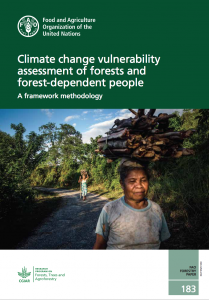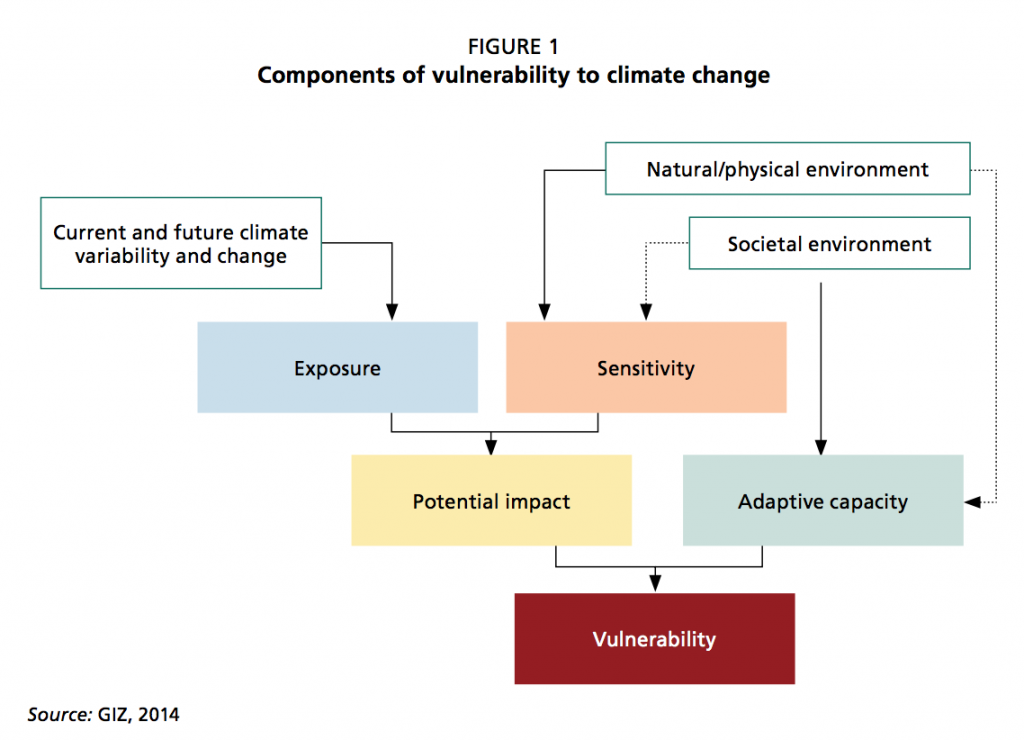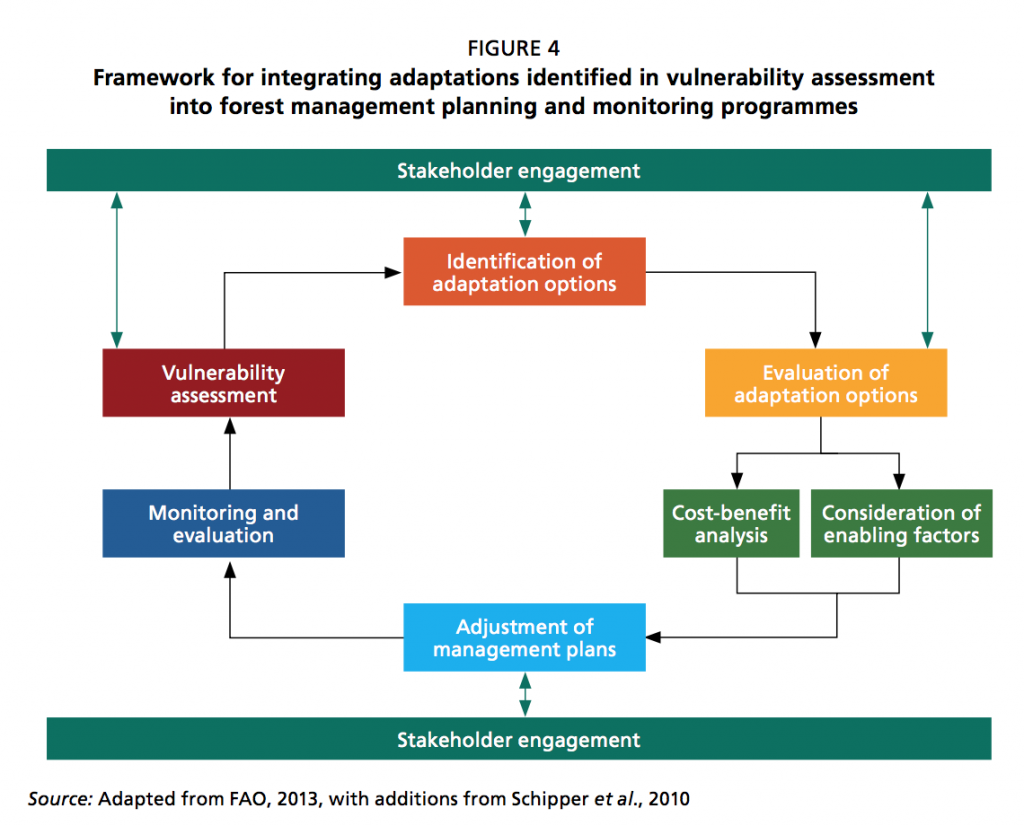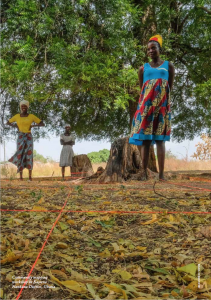Climate change is having a serious impact on many forests worldwide, along with the people who depend on them to thrive. Determining the extent of that impact is an indispensable first step to addressing this challenge.

A framework methodology
The CGIAR Research Program on Forests, Trees and Agroforestry (FTA), in collaboration with FAO Forestry has launched a new methodology for assessing the vulnerability of forests and forest-dependent people to climate change.
The single, common approach, or framework methodology, was unveiled at the Side Event “Social and environmental justice as a trigger of robust ambitious climate action and prosperous future for all” organized on the 7th of December [see presentation here], during the UN Climate Change Conference COP 25 (2 – 13 December 2019) in Madrid, and is contained in a new book published as part of the FAO Forestry Paper series: Climate change vulnerability assessment of forests and forest-dependent people – A framework methodology, downloadable here.
Changing conditions
Participants in the UN Climate Change Conference are meeting to determine the next crucial steps in the UN climate change process, in particular, following international agreement on the implementation guidelines of the Paris Climate Change Agreement.

Changing weather systems are causing worrying increases in heatwaves, droughts, fire, frosts and storms, threatening the capacity of forests to produce the vital goods and services on which we all depend. Forests and trees have crucial roles to play in reducing the vulnerability of communities everywhere to climate change and helping us to adapt our agriculture, landscapes and cities to changing conditions.
Immediate action is needed to increase forest resilience and reduce the threat posed to the livelihoods and well-being of forest-dependent households, including some of the world’s most vulnerable people. But it can be difficult to determine the extent to which any given forest and its dependent communities are vulnerable to the effects of climate change.
The new methodology is a response to urgent calls for simple, effective approaches to conducting assessments.
“Adequate assessments of the vulnerability of forests and forest-dependent people are indispensable for ground-level action to adapt to climate change,” said Hiroto Mitsugi, Assistant Director-General at the FAO Forestry Department. “I expect this new tool, which draws together the common elements among the many available methods and provides easy-to-follow guidance, will be of considerable assistance to forest stakeholders worldwide.”


The FTA/FAO publication provides practitioners with step-by-step guidance for conducting vulnerability assessments using the most appropriate tools. The guide will be useful for anyone conducting vulnerability assessments involving trees or forests, including forest owners, managers and administrators in the private and public sectors and in community forestry organizations, and land-use planners.
The framework methodology provides an approach that can be used in most forest situations, offering flexibility that could help to speed up efforts to improve conditions for forests and people.
This article was produced by The Food and Agriculture Organization of the United Nations and the CGIAR Research Program on Forests, Trees and Agroforestry (FTA). FTA is the world’s largest research for development program to enhance the role of forests, trees and agroforestry in sustainable development and food security and to address climate change. CIFOR leads FTA in partnership with Bioversity International, CATIE, CIRAD, INBAR, ICRAF and TBI. FTA’s work is supported by the CGIAR Trust Fund.











